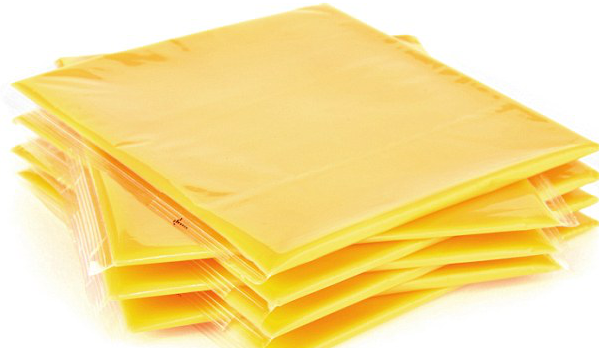
Whether paired with a nice red wine or a burger, cheese can be a delicious treat for any occasion. But it is not, perhaps, the ideal material to use in printing—unless you are a team of nutritional scientists. One group of researchers used 3D-printing to create a cheese. And the cheese could provide valuable insight for engineers who are still developing materials for 3D printing.
A team from the school of food and nutritional sciences at University College Cork (UCC) conducted a series of tests evaluating the 3D-printed cheese. 3D-printed materials need to be fluid(流动的) enough to flow and be capable of settling into a definite shape and structure.
After melting the cheese at 75°C (167°F) for 12 minutes, the UCC team then ran it through a modified commercial 3D printer. The machine, which usually prints with plastic, was fitted with a syringe(喷射器) to allow it to print with their melted cheese.
The UCC team used several techniques to examine the effects of the 3D printing process on their cheese. They compared the 3D-printed results to processed cheese that had been melted and then cooled, as well as another sample that was left untouched. “Cheese that was 3D-printed was 45 per cent to 49 per cent softer than the untreated processed cheese, ”the researchers said. They also discovered that 3D-printed cheese was a little darker in colour and more fluid when melted, though it melted at about the same temperature as untreated cheese.
Dr Kelly and his colleagues are now testing other types of dairy products which can be 3D-printed. Dr Kelly said, “We are using mixtures of milk proteins at present to build a product, perhaps a high-protein snack, from the basics up, and designing recipes which might work best for a 3D printer.”
本时文内容由奇速英语国际教育研究院原创编写,未经书面授权,禁止复制和任何商业用途,版权所有,侵权必究!(投稿及合作联系:028-84400718 QQ:757722345)
1.What problems are the engineers facing in creating a cheese?
A They don’t have proper material for 3D printing.
B They should find the nice red wine or a burger.
C They could not make the cheese very delicious.
D They knew much less than nutritional scientists.
解析:选A。推理判断题。根据文章第一段最后一句的who are still developing materials for 3D printing可以得知他们仍然在研发新的打印奶酪的材料,因此可以推知他们面临的问题是要找到合适的材料。故选A。
2.How did the researchers invent the 3D printer to make cheese?
A They raised the temperature to 75°C.
B They added a syringe to the printer.
C They bought some cheese to paint it.
D They evaluated the 3D-printed cheese.
解析:选B。细节理解题。根据文章第三段最后一句的which usually prints with plastic, was fitted with a syringe to allow it to print with their melted cheese可以得知他们在原来的3D打印机的基础上加上了一个注射器,这样就改造成了一个新的3D打印机。故选B。
3.What is the advantage of the 3D-printed cheese?
A It melts more easily.
B It tastes more delicious.
C It costs less money.
D It is much softer.
解析:选D。D 细节理解题。根据第四段第三句的“Cheese that was 3D-printed was 45 per cent to 49 per cent softer than the untreated processed cheese,” the researchers said.可以得知这种3D打印出来的奶酪更加松软。故选D。
4.This text is most likely to come from__________.
A a science magazine
B a police report
C an advertisement
D a government report
解析:选A。A 文章出处题。文章讲述的是用新的方法制作奶酪,因此这篇文章最有可能出现在科学杂志中。故选A。